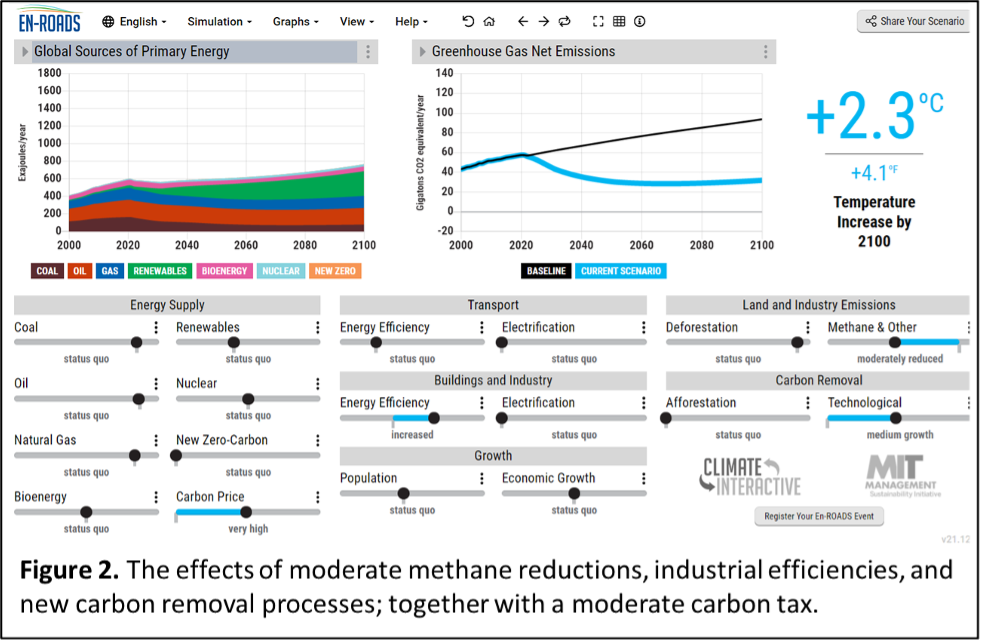陌上美国 Moshang USA
独立快捷的时评和美国生活信息咨询
正文
01.视频
02.内容摘要
-
第5分&第8分,点评分析绿色新政(GND):根据该预测模型,许多对于延缓温度上升的要素,并没有被GND采纳进去;
-
第6分&第12:30分,分析了电动车、太阳能-譬如屋顶安装太阳能板,等等,对于气候变化和温室气体排放是否有显著效果。结果发现,改善非常有限;
-
第10分,点评更好重建政策(BBB)的缺陷和不足,真正对于应对气候变化的最有效措施,譬如减排甲烷气体、增强建筑物的能源使用效率、碳去除和适度的碳税,BBB并没有包括或者只是肤浅地提及;
-
第14:15分,过去的气候数据很好地检验了该款模型的精确性,发现该模型与实际变化的数据拟合度相当高;
-
视频还通过模型模拟,揭示了核能、植树、降低人口数量,都对控制温度变化影响有限。这些都打破了许多人的固有认知,非常值得了解。

En-ROADS: A powerful, interactive climate model for predicting temperature rise
The En-ROADS climate model

What are the best climate policies?

An inconvenient truth
评论
新手一位
2022-03-12 06:11:39
回复
悄悄话
钱
白钉
2022-03-11 06:19:42
回复
悄悄话
太阳领着地球在太空中旅行,旅程中宇宙微尘的密度决定了地球能接受多少太阳辐射,这是气候变化的主要因素,结果就是冰河期的周而复始。另外,地球内部本身也逐渐变冷。
陌上美国
2022-03-10 21:30:48
回复
悄悄话
还是要像模型所示的那样,能给出具体理由说服人,而不是喊口号一句话带过。
大号蚂蚁
2022-03-10 20:25:10
回复
悄悄话
打破啥呀。早二十年阿果的时候大家就知道。无非就是民主党制造恐慌,用政策而非市场来为了自己捞钱呗。
登录后才可评论.




